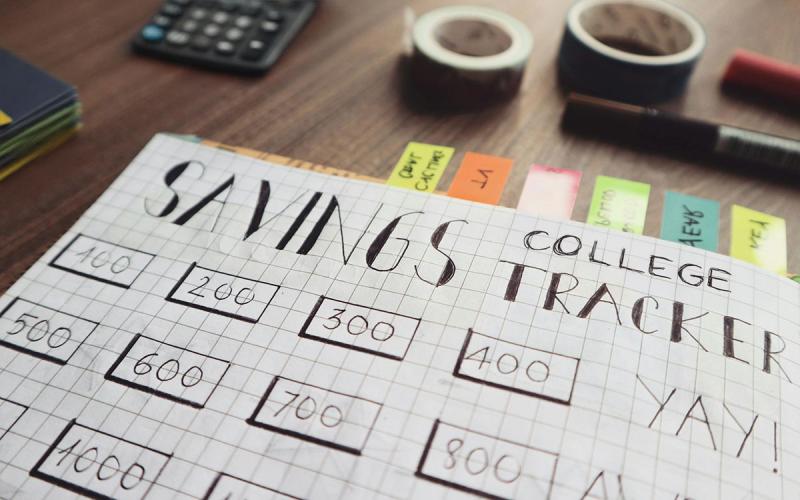Traditionally, when we think about saving for a large purchase, we think about a car or home. Other short-term and life-event purchases could also fall into this category. For example, a vacation, wedding, graduation, computer or household appliance are also considered large purchases and should be planned for accordingly.
Setting Goals
No matter what you are saving for, achieving your goal requires these steps:
-
Set a goal.
Decide what you want to save for, how much you want to spend and when you want to make the purchase. -
Make a plan.
Determine how much you will save each month and for how long. -
Save automatically.
Set up a direct deposit to a savings account or automatic transfer to a savings account.
Strategies for Saving

Consider the following strategies when starting your savings plan:
-
Build adequate emergency savings.
Before you begin to save for any large purchase, make sure you have adequate emergency savings. You do not want to have to dip into your large purchase savings to pay for an emergency. Financial planners recommend having 6 to 12 months of income to cover non-discretionary expenses (needs). The rationale for this amount is related to the amount of time it make take for someone replace their income if they are no longer employed. If this amount seems overwhelming, keep in mind that any amount of money set aside for emergencies is better than nothing. Set a goal to have at least $400 in an emergency savings account. Once that goal is met, set another goal. -
Pay yourself first.
Once you have set your goal and planned on how long it will take to reach, have that amount deposited automatically into a savings account. The concept of paying yourself first means to save first, not after all expenses are paid, or planning to save whatever is left at the end of the month. Be diligent about using these funds for the goal. It may be necessary to adjust your savings goal because of unexpected events. Make sure if you use the funds for an expense not related to the goal that you work to get back on track. -
Keep your savings safe and protected.
If you are looking at saving for a few years, consider using a cash deposit (CD), a savings bond or a 529 account (for college savings). These generally earn more than a savings account but also have limitations to when you can access your funds. Some large purchases take less time to save for, such as appliances, computers or vacations. Consider depositing your money into a savings account for these, as your money will be safe, secure and accessible at any time.


